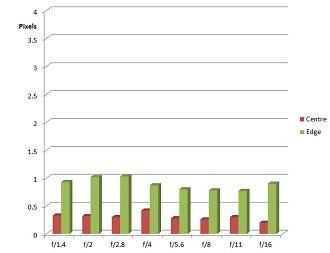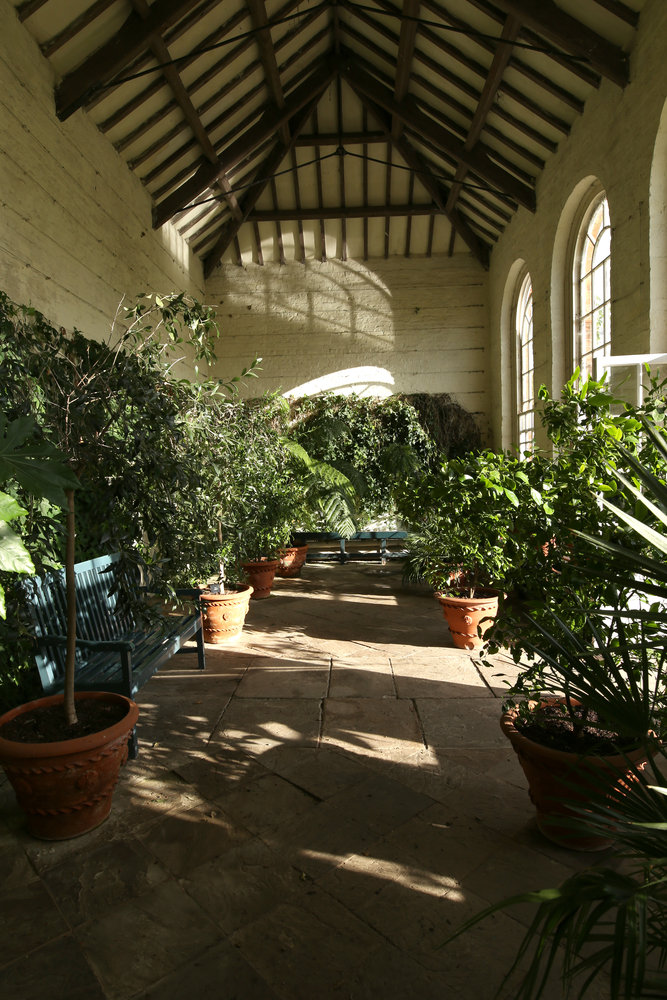Handling and Features
Performance
Verdict
Specification
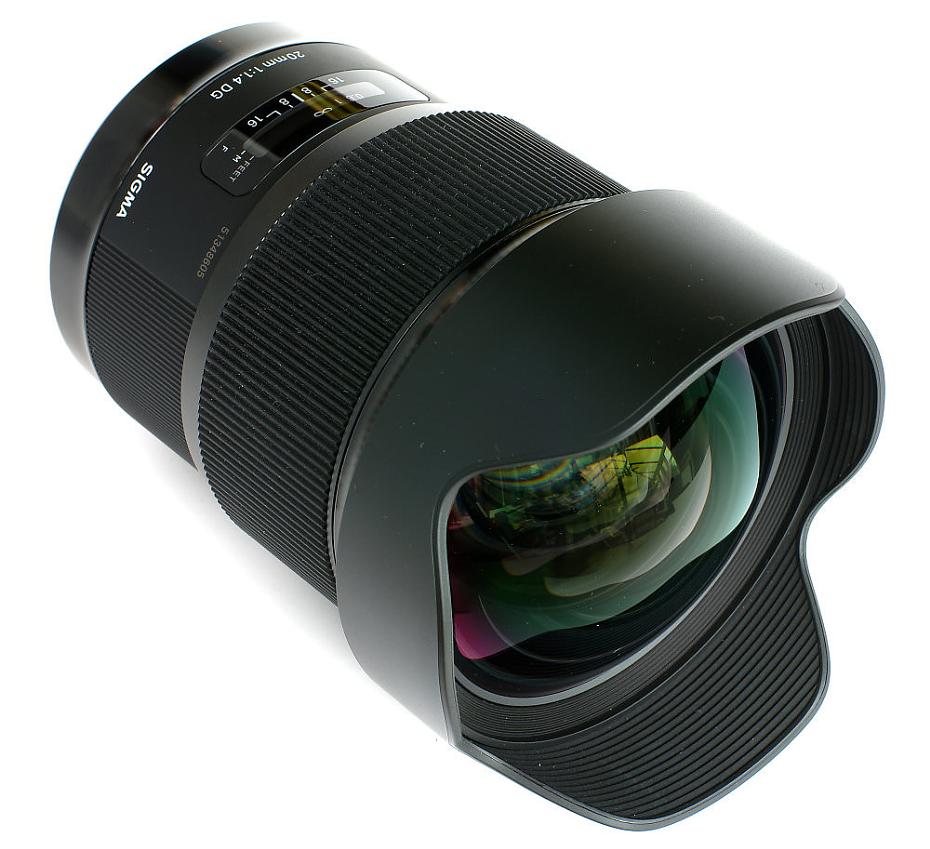
Sigma's latest offering in the Art Lens portfolio is an ultra-wide 20mm full frame lens, for Nikon, Canon and Sigma fit. Not only that, but an extra-bright f/1.4 aperture makes this a desirable optic from the start. All looking good in theory, now let's see how it handled and performed in practice.
Sigma 20mm f/1.4 DG HSM Art Handling and Features
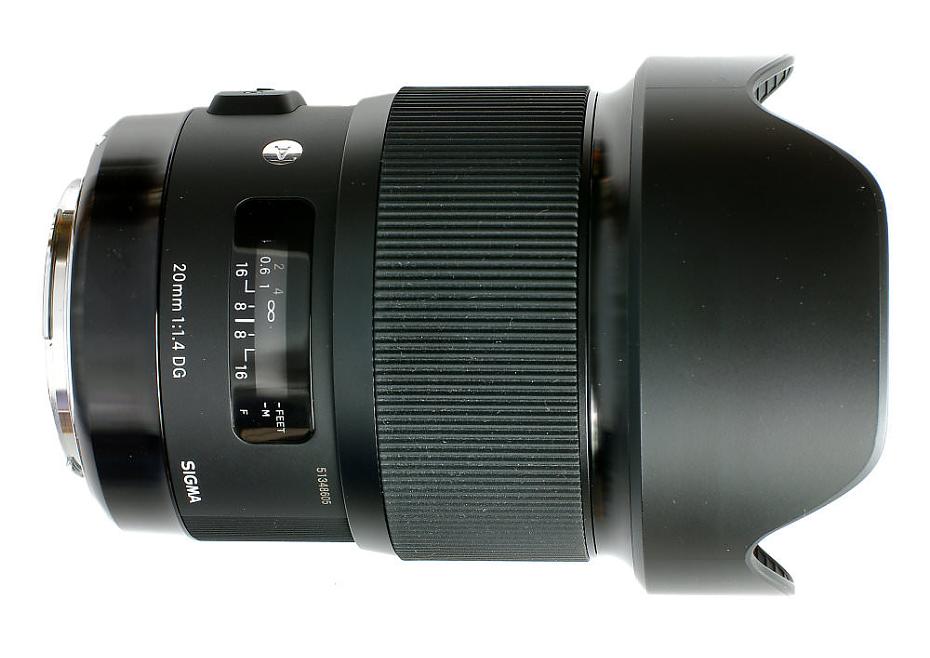
A large, heavy lens with a built on petal lens hood and a huge, bulbous front element is the first impression. The composite body is beautifully finished and the lens mount is a reassuringly solid piece of brass. The overall finish is excellent and all the controls operate smoothly and without any play whatsoever. The lens bayonet fits on smoothly, and for the purpose of this review it was tested on a Canon EOS 6D body. The viewfinder image is crisp and contrasty and shows no tendency to flare. Ultra-wides with such large front elements can be prone to flare and indeed the instruction leaflet warns that the design needs to be used carefully to avoid it. In the event, it proved to be that flare was not a problem, even with sun streaming straight at the lens.
The lens uses an HSM motor and focusing on the 6D was quiet, positive and without hesitation. The lens locks on every time. As there is no lens hood to remove we are always ready to shoot, just having to remove the large lens cap. The cap covers the front element efficiently, although it is made of quite thin material and could perhaps be just a little more substantial.
Construction is 15 elements in 11 groups, and includes 2 FLD (“F” Low Dispersion), 2 SLD (Special Low Dispersion) and 2 Aspherical elements. It is also compatible with the Sigma USB Dock, which can be used to fine tune the lens and update the firmware. The 9 bladed diaphragm gives a nicely rounded aperture, which should bode well for smooth bokeh.
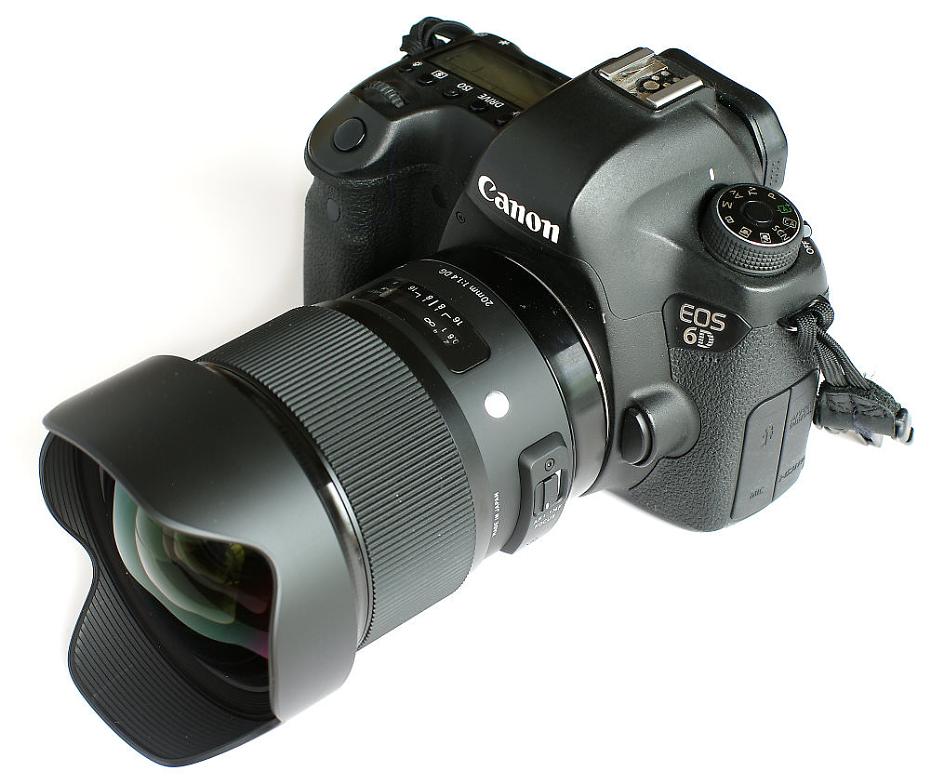
There are few controls, just an AF/MF selector, the cut out window showing a distance scale and, helpfully, a depth of field scale. The markings on the barrel tell us the lens is Made in Japan and that it is designated as a DG optic, suitable for full frame cameras. In practice, the lens may well be used almost exclusively in AF mode as the depth of field is so great that finding that point of focus manually is more difficult.
Ultra-wide lenses do take a bit of thought in use. They really demand that we get in close, very close, and only then will we see the full potential of the steeper perspective that the close camera position gives. This brings its own problems, especially at this time of year when the sun is low and casts long shadows. We may end up with a self-portrait of our own shadow all too easily and I have left in an example of this in the images selected for the review. Ultimately, the only answer to this may be to clone out the offending shadow in Photoshop, unless we can change our position satisfactorily when making the shot.
The lens is available in Canon, Nikon and Sigma mounts and is also compatible with the Mount Conversion Service, so if we make a change of system the lens can be converted to the new system of choice.

Sigma 20mm f/1.4 DG HSM Art Performance
Sharpness is impressive. Even at open aperture the centre is already excellent, becoming outstanding from f/2 to f4 and remaining at excellent levels right through to f/16. The edges do yield lower figures, but are still at the level of excellent all through the aperture range until it drops slightly to very good sharpness at f/16. This is a very high standard in any event, but especially so for such a wide lens.
|
|
How to read our chartsThe blue column represents readings from the centre of the picture frame at the various apertures and the green is from the edges.The scale on the left side is an indication of actual image resolution as LW/PH. The taller the column, the better the lens performance. Simple. For this review, the lens was tested on a Canon EOS 6D using Imatest. |
The CA results also show very low levels and even at the edges CA is largely invisible. There can be a trace of CA with branches against bright sky, but with all the images I shot with this lens I would not bother to try and correct any of it. Many people would probably not notice anything at all.
|
CA |
How to read our chartsChromatic aberration is the lens' inability to focus on the sensor or film all colours of visible light at the same point. Severe chromatic aberration gives a noticeable fringing or a halo effect around sharp edges within the picture. It can be cured in software.Apochromatic lenses have special lens elements (aspheric, extra-low dispersion etc) to minimize the problem, hence they usually cost more. For this review, the lens was tested on a Canon EOS 6D using Imatest. |
The barrel distortion, measured at -2.14%, is not a surprise and for most images is just fine anyway. If necessary, it can be addressed in software.
Flare was impressive by its absence. Even pointing straight at the low sun there was no discernible problem. Considering especially the vulnerability of that front element this is a remarkable achievement.
Sigma 20mm f/1.4 DG HSM Art Sample Photos
Value For Money
The Sigma 20mm f/1.4 Art lens sells for £849 ($899), which seems very reasonable for what it offers and the high quality of the results. Finding a competitor is difficult as there are no other 20mm f/1.4 lenses. It's not even as though it's a trade off between high quality and wide aperture, because this lens has both. Canon offer an EF 20mm f/2.8 for a modest £385, Nikon having a choice between the 20mm f/2.8 D at £463 and the Nikkor 20mm f/1.8 G AF-S at £539. Zeiss have two 21mm f/2.8 lenses on offer – the Distagon at £1449 and the Milvus at £1299.
The Sigma Art lens seems to have its own niche at present. For more options have a look at to Top 10 Best Sigma Lenses of 2015.
Sigma 20mm f/1.4 DG HSM Art Verdict
The Sigma 20mm f/1.4 Art Lens is most definitely a fine example of the lens makers' art. It performs superbly, it focuses close, it is free from flare and controls CA in a remarkable way. The price is high, but its position seems, at least for the moment, to be unique.
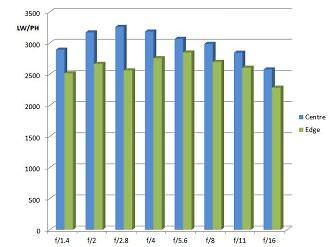 MTF
MTF